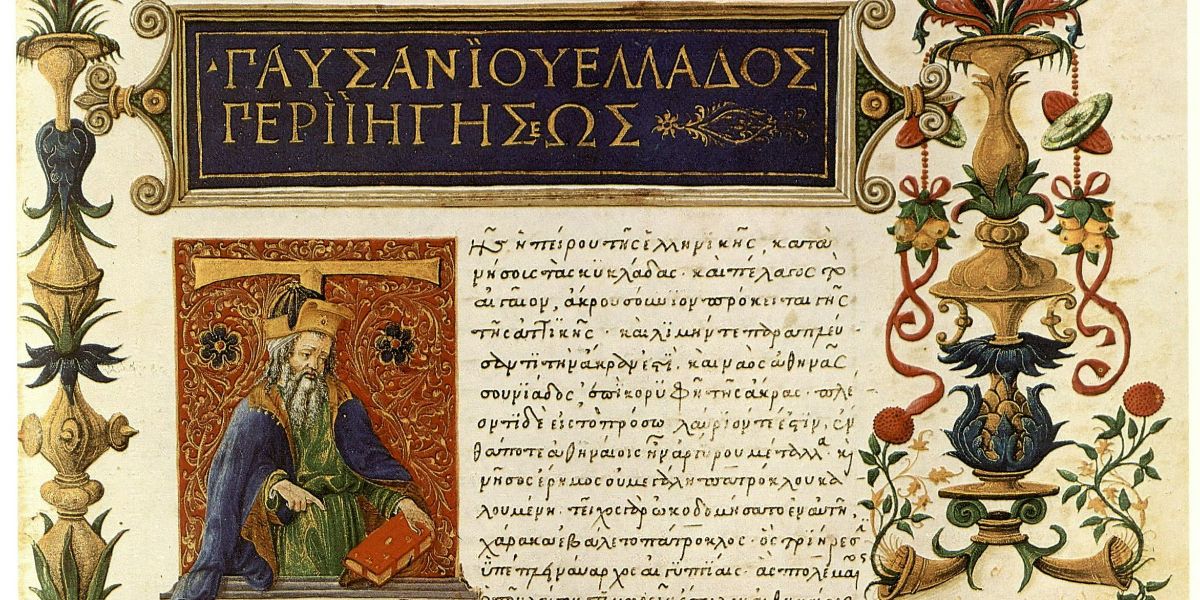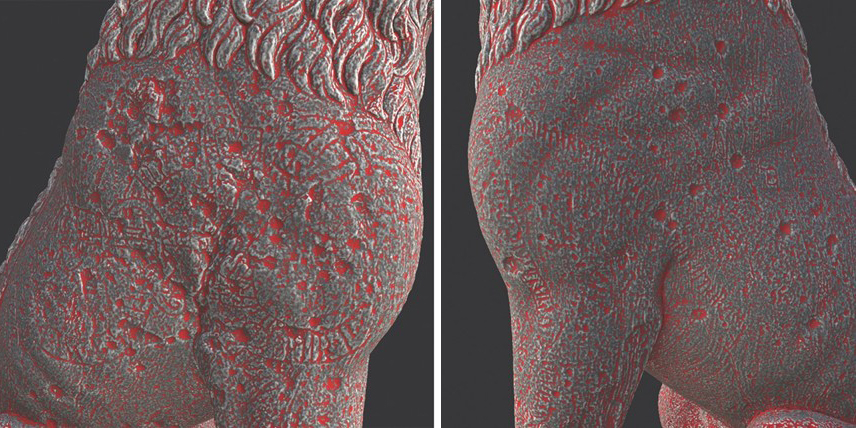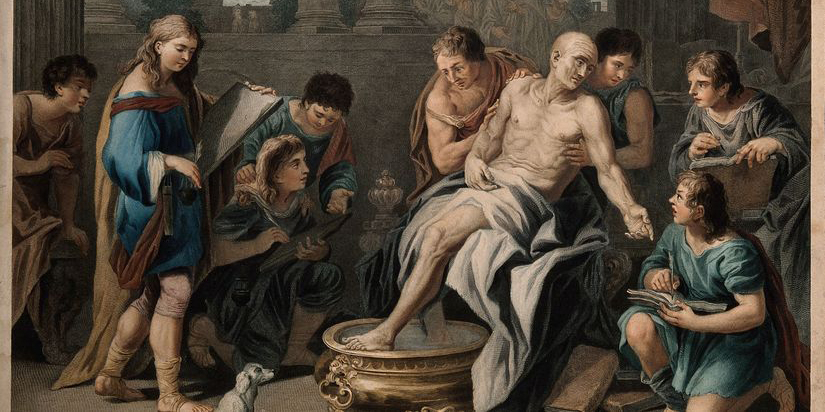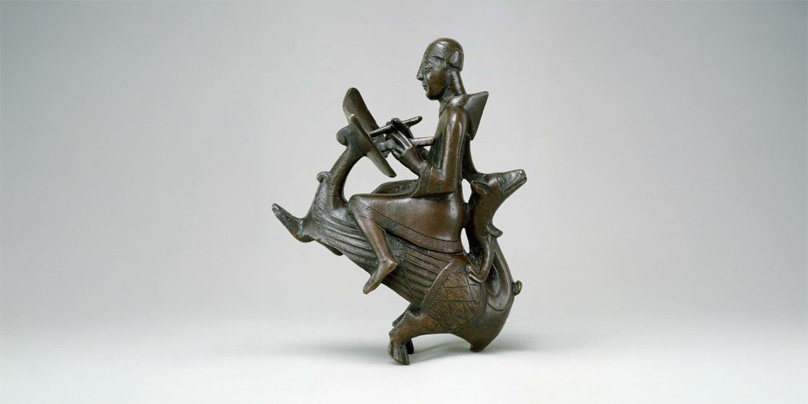Logistics in Greek sanctuaries Athens, 13-16 september 2018
Exploring the Human Experience of Visiting the Gods
Published: 2018-07-20

Attached file: Programme
Greek sanctuaries have been studied for more than 150 years, but mainly with a focus on temples, statues, monuments and sacrificial ritual. Our conference adopts a different perspective, that of the human visitor, in order to explore the hands-on, logistical experience of someone coming to a Greek sanctuary. Of interest is how people travelled to the location and once there, the logistics as to where they slept, cooked, ate, drank and took care of their hygiene, but also how trash and waste were handled, how transport and sacrificial animals were cared for, and if markets occurred and what was bought and sold. In short, to what extent did the architecture and activities in Greek sanctuaries reflect the needs of the humans and animals present? A more profound understanding of the practical and mundane activity at sanctuary visits offers new perspectives to the traditional study of Greek cult places by focusing on other sides of ancient Greek religion and society than those usually explored.
Location: Swedish Institute at Athens
With the kind support of: Riksbankens Jubileumsfond
Organisers:
Gunnel Ekroth, Department of archaeology and ancient history, Uppsala University (gunnel.ekroth@antiken.uu.se)
Judith Barringer, School of History, Classics and Archaeology, Edinburgh University (J.M.Barringer@ed.ac.uk)
David Scahill, Lecturer, Dept. of History and Archaeology, University of Athens (drscahill@gmail.com)








